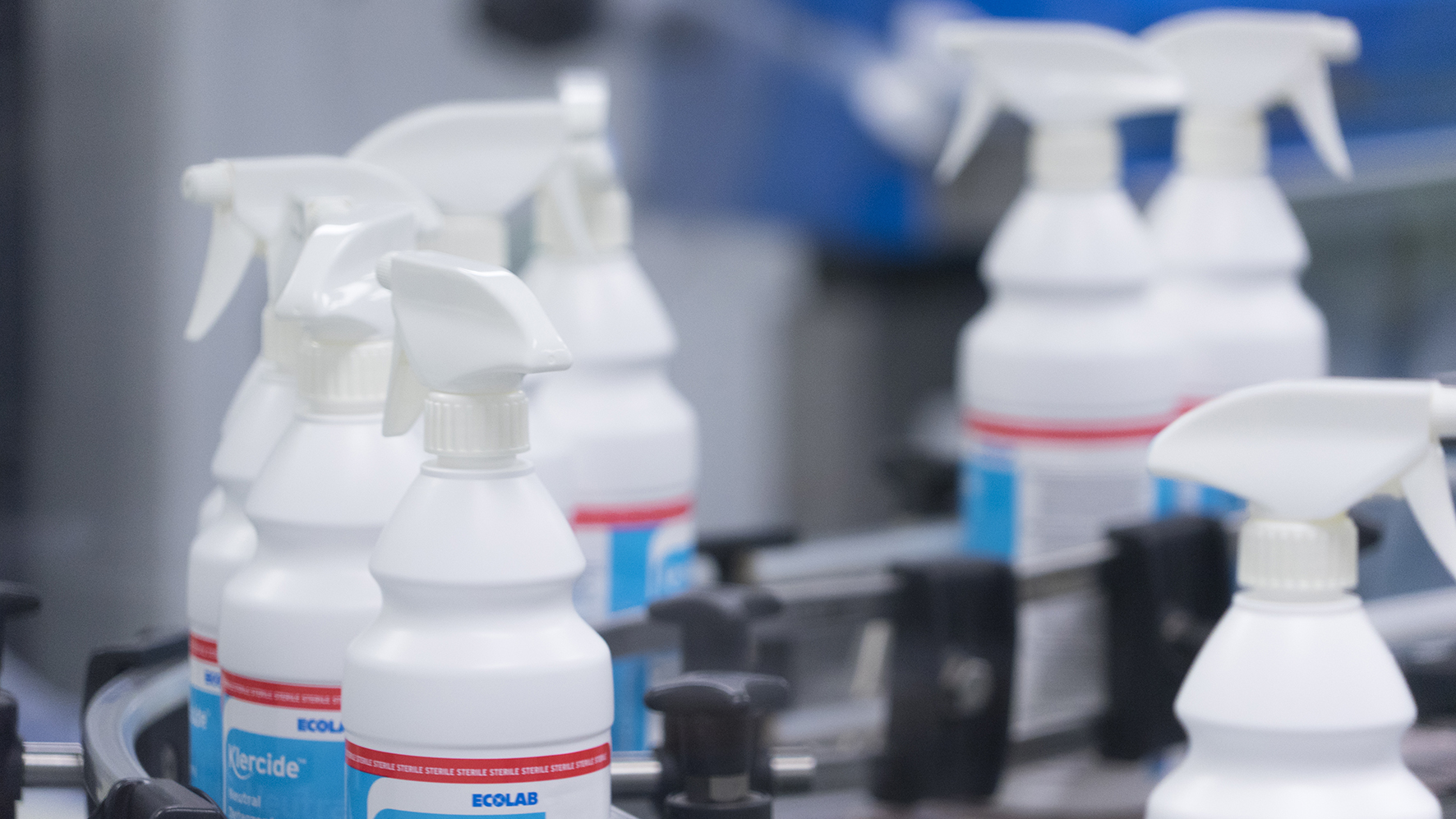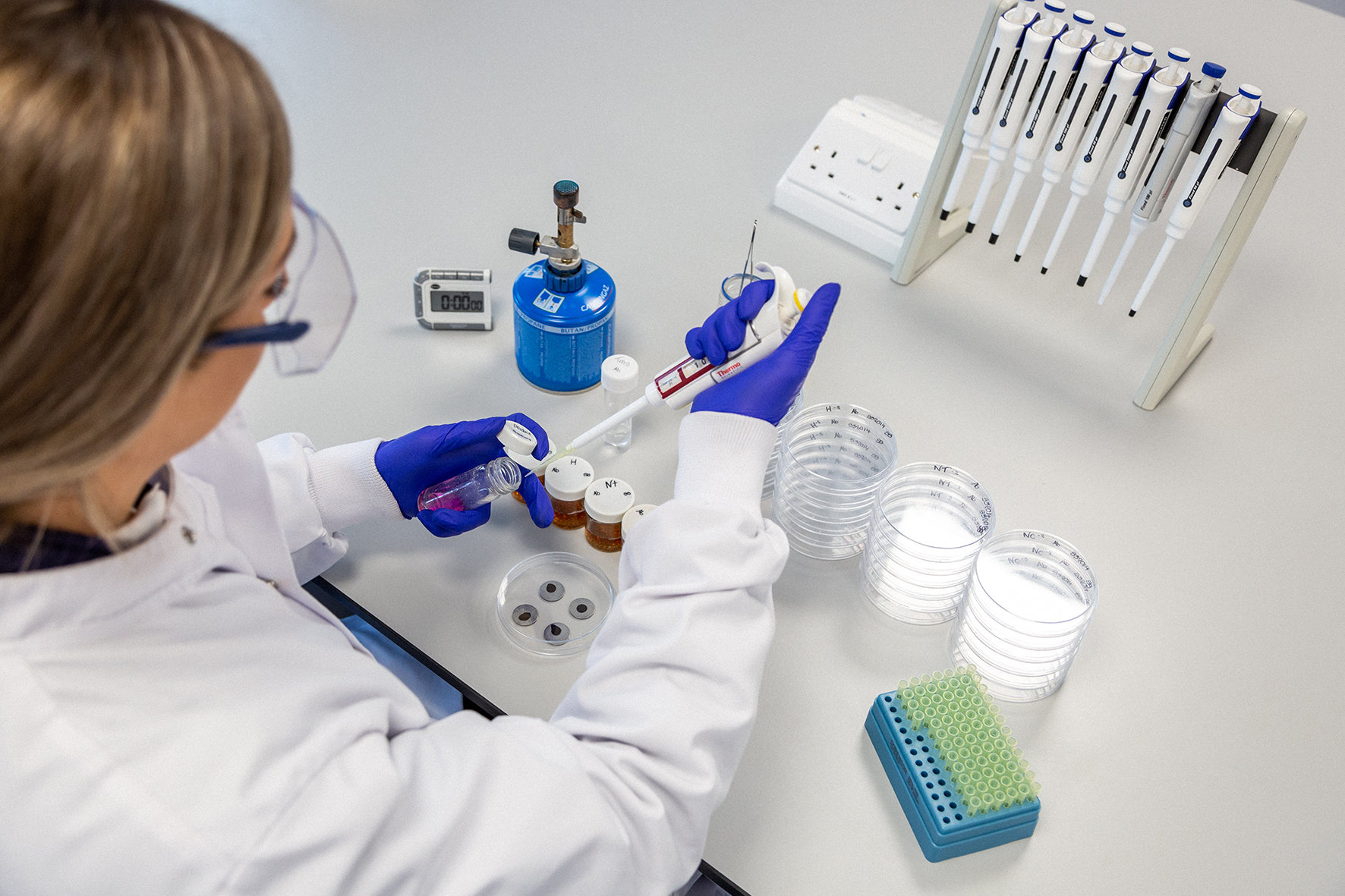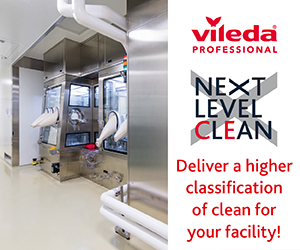It is widely accepted that the pharmaceutical and medical device industries rank amongst some of the most highly regulated industries in the world, including those industries that may sometimes be perceived to pose more obvious risks such as nuclear, oil and gas extraction, mining activities, and aerospace.
Because of the level of regulation of drugs and drug products or devices, and because safety is quite correctly a primary concern (mistakes and tainted product certainly pose risks to patient safety), the industry can often seem conservative, slow to react, and unwilling to move away from historic procedures and practices.
However, somewhat counter‐intuitively one thing that is a constant feature for this allegedly conservative industry is change.
This change can be driven by the types of excipients or active pharmaceutical ingredients (APIs) required for new products, changes to delivery methods or systems, novel manufacturing equipment and techniques or as seen more recently a shift towards the development and production of large‐ molecule individualised drug therapies often using a patient’s own cells that have been adapted or manipulated in some way.
One recent example of a compelling event could be the revision of EudraLex Vol.4 Annex 1
All these factors (and more) mean that pharmaceutical companies must be ready to adapt and learn new ways of doing things, whilst still maintaining a high degree of control, complying to regulatory requirements and at the same time carefully documenting and assessing the impacts of any changes made.
For these reasons, a pharmaceutical company is unlikely to make a significant change unless there is a ‘compelling event’ or change beyond their control.
Examples could be better safety or decreased risk, increased efficiency, reduced waste, better sustainability, or a significant reduction in cost that outweighs the time, effort, and cost of making the change.
Whilst the industry does have a commitment to continuous improvement, the reality is that in a busy pharmaceutical manufacturing plant with a time challenged workforce, people are unlikely to initiate or engage with any changes where there is perceived to be little benefit or a ‘zero sum gain’.
End users now need to consider cleaning of surfaces prior to disinfection, and control or management of residues
So, what do we mean by a compelling event or change beyond the control of the end user? An example of a compelling event could be having to rapidly switch to an alternative consumable item, packaging or closure type used in the manufacturing process due to a supply issue. Alternatively, a change could be driven by a corrective action following a contamination issue or event.
One recent example of a compelling event could be the revision of EudraLex Vol.4 Annex 1. End users now need to consider cleaning of surfaces prior to disinfection, and control or management of residues – both of which could require the introduction of new chemistries, or changes or modifications to long standing disinfection practices, procedures, frequencies, sequence, or rotation of agents.
For any changes that are deemed to be necessary or desirable, end users must produce written procedures and documentation that detail and document the rationale, reason, or purpose of the change, whilst also assessing the change for any impacts on safety, health, and the immediate manufacturing and wider environment. Only then can they move to final authorisation, approval, and implementation of the change.
This documentation process, whilst entirely necessary can also seem cumbersome and daunting, and become a barrier to making changes– with personnel often unable to take the time to plan and map out the change processes required.
Reputable suppliers of detergents, disinfectants and sporicides for cleanroom surfaces such as Ecolab Life Sciences should be able to support change management processes to try and alleviate some of the burden of moving through any change to cleaning, disinfection, or bio decontamination processes.
Support packages should include both standardised and bespoke documentation services designed to offer practical help, guidance, and in some cases the complete provision of various document types that can broadly be divided into five key categories:
1. Risk Assessment
Documented rationale, reason, or purpose for making the change.
This can and should include details of any compelling events such as changes to disinfectant product availability, regulatory changes, or new products or processes on site that are driving the change.
Risk assessment and CCS

EudraLex ‐ Volume 4 ‐ Good Manufacturing Practice (GMP) guidelines Annex 1 (August 2022) section 2.3 states: “A Contamination Control Strategy (CCS) should be implemented across the facility in order to define all critical control points and assess the effectiveness of all the controls (design, procedural, technical and organisational) and monitoring measures employed to manage risks to medicinal product quality and safety. ...”
Cleaning and disinfection is listed as one of 12 specific elements to be considered within a CCS. Ecolab Life Sciences have therefore developed a specific web‐based Application tool that enables end users, with the support of the Ecolab technical team to thoroughly and efficiently risk assess any cleaning and disinfection processes and produce an automated CCS report.
This leaves end users free to address the other elements where contamination control is required.
2. Supplier approval
Documented assessment of any alternative disinfectant supplier, or existing suppliers’ conditions.
Due diligence must be performed when introducing a new supplier, to assess their capabilities, quality management system and processes, and to ensure that they can produce and supply consistent, high‐ quality products of the required specification, with all required technical information. This due diligence must be documented.

Suppliers like Ecolab Life Sciences can help by having much of this information available in a package that can be easily and readily provided to potential customers or end users.
Additionally, changes to an existing supplier’s production processes or products such as formulation changes, changes to formats, packaging, labelling or registration of products that could potentially impact on the end users incoming material specifications, usage procedures or validated status should also be communicated and documented.
Suppliers should be able to provide a statement or confirmation of this commitment to inform customers of any change with reasonable notice given wherever possible.
3. Product selection
Selection of cleaning and disinfectant agents.
A documented rationale for why different detergent or disinfectant types were selected for use is desirable. This will include (but not be limited to) the formats chosen for use (concentrate or ready‐ to‐use products, aerosol sprays, trigger sprays, bulk containers, sterile or non‐sterile products), efficacy and mode of action, material compatibility, health, safety and environmental considerations, cost, and the manufacturer’s ability to provide ongoing technical support. Suppliers can often provide a summary of the features or benefits that their products may have and provide evidence and supporting data for any claims.
4. Validation
This is often the area that will require considerable thought and expertise, and that can be subject to intense scrutiny during audit or inspection.
Validation strategy or plan (Phase II or laboratory study).
This should include the thought process or rationale for the selection of microorganisms to test, cleanroom surface types to include in the study, validation methodology to be used, and test parameters to be used (including any adaption to any standard methods).
These adaptations may include the use of lower starting inoculums, changes to culture preparation, test conditions, contact times, acceptance criteria etc.
Reference should be made to the regulatory requirements and best practice guidance pertaining to validation of disinfectants. Reputable suppliers can list the relevant regulations or guidance that should be considered.
Assessment of independent, accredited, and experienced third part test laboratory to conduct the validation (recommended).
Disinfectant validation is complex, and potentially time-consuming for inexperienced laboratories to perform. Even small changes or deviations to methods, even if unintentional can detrimentally impact the success of any validation study.
For these reasons, the use of a suitable third‐party contract testing laboratory that is experienced in Disinfectant Efficacy testing (DET) is highly recommended. The due diligence around the selection, assessment, and approval of a laboratory should be thoroughly considered and documented.
Detergent and disinfectant suppliers should be able to recommend suitable laboratories that can perform this outsourced testing and may even have performed this due diligence themselves.
Creation and approval of validation protocol(s).
Any validation studies should be performed according to a pre‐approved validation protocol.
Protocols should be created based on the requirements and conditions described in the validation strategy or plan. Protocols can often be written by the third‐party test laboratory or the end user commissioning the testing.
It may be desirable and beneficial for the validation protocol to be reviewed by technical professionals with experience in DET to ensure they have been correctly designed.
Validation results review and approval.
Reputable suppliers of detergents and disinfectants should have suitable technical expertise to assist with review of any validation results, checking of calculations and advice on re‐test strategies or supplementary testing that may be required in the event of validation failures.
Design of end user trial under ‘in‐use’ conditions (aka Performance Qualification (PQ), Field trial or Phase III study).
End users should perform these trials as part of their validation of any new disinfectants.
These will always by their nature be ‘bespoke’ site specific documents. However, suppliers should be able to offer advice and guidance on designing the study, and in some cases may be able to provide a template that can be used and adapted to create a trial protocol.
End user trial results review and approval.
Reputable suppliers of detergents and disinfectants should have suitable technical expertise available to be able to assist with review of any PQ/Field trial/Phase III results, checking of calculations and advise on re‐test strategies or supplementary testing that may be required in the event of unanticipated results.
5. Implementation
Creation of a Change Control document to implement new cleaning/disinfection products (or HPV bio decontamination equipment or procedures).
These will invariably be ‘bespoke’ site specific documents and may even employ company or corporate sanctioned templates. However, suppliers can provide advice on any elements of a change to their products that should be included in the change control. They may also be able to highlight any potential risks and/or risk mitigation measures that should be considered and be able to provide supporting documentation.
Training of relevant personnel.
Suppliers should have significant experience and expertise in their specific area of focus. Many suppliers can therefore provide training in the specific use of their products, directly to end‐users as part of their customer service or as an element of their added value.
Changes to SOPs, procedures, logbooks, and other controlling documents.
Any change may require the creation of new SOPs, logbooks, and other documents, or require the review and edit of large number of existing documents. It may also be desirable to critically review and update/improve these documents at the same to make them easier to use and encourage compliance. Again, commissioning support for this from a third party such as Ecolab Life Sciences who have extensive experience in cleaning/disinfection processes can reduce the burden of these document changes.
Change Management is integral to Good Manufacturing practice (GMP) and is a precise and formal system by which qualified representatives of appropriate disciplines collectively review proposed or actual changes that might affect the validated status of facilities, systems, equipment, or processes in the pharmaceutical and medical device industries.
The change management and change control system provides a consistent and well‐structured approach towards managing deviations and changes. It also enables end users to document the details of these deviations and changes and helps in risk control and management.
However, change management programs have sometimes been described simultaneously as both a ‘black art’ and science of themselves and need to be conducted in a considered and measured way, using all available (and wide ranging) expertise both at an end users’ site and any external support that is appropriate and available.
It is widely accepted that change can be seen as a challenge within the pharmaceutical industry but with the right support and services from experts in the field, the burden associated to change can be lifted, and more efficient, successful outcomes, achieved.





